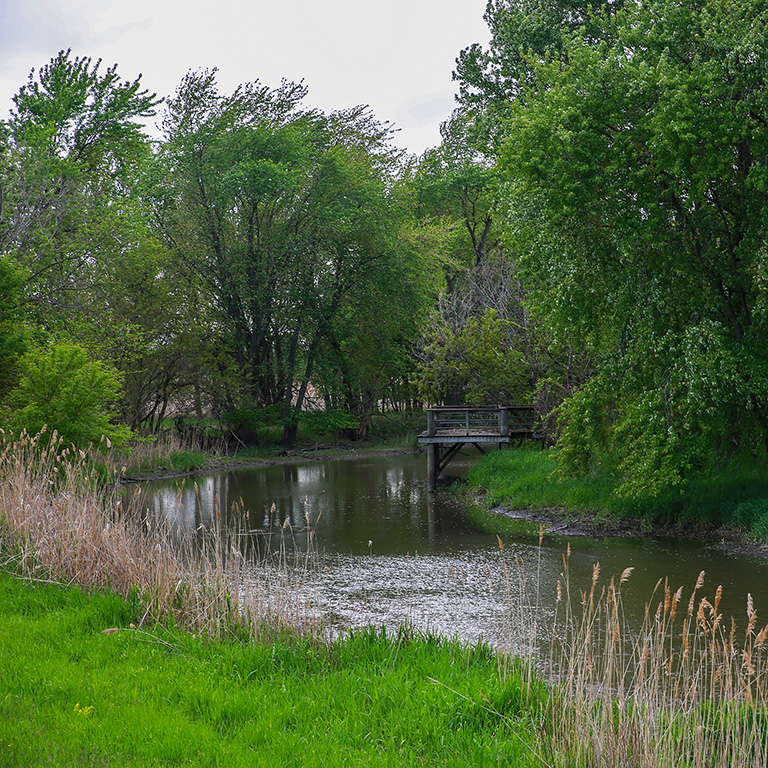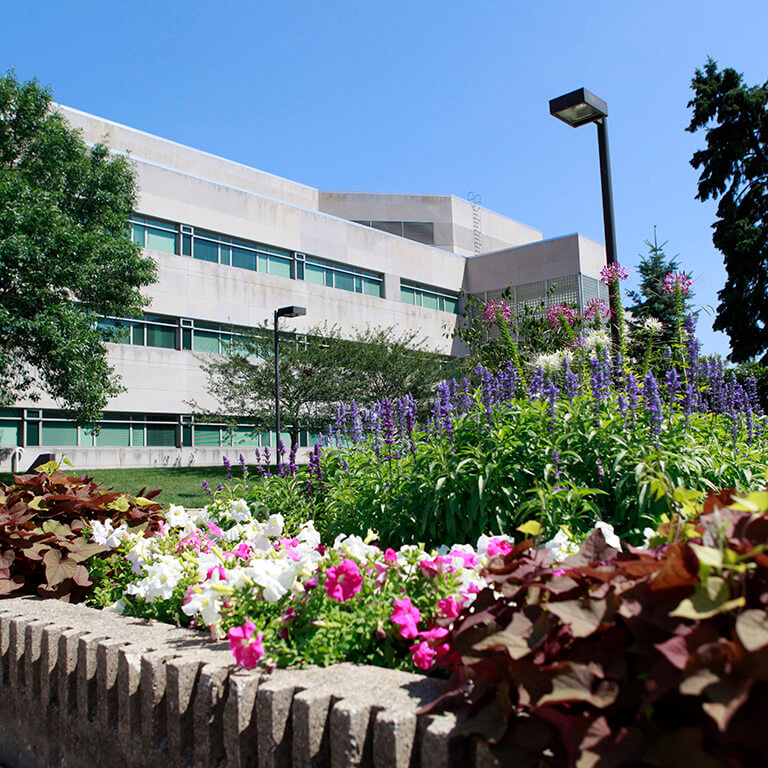Climate Resilience
IU Northwest recognizes the ongoing and evolving challenges posed by climate change on northwest Indiana, the state of Indiana, and the Midwest Great Lakes Region.
Sustainability efforts focus on a vision of a campus community and infrastructure that is resilient to the impacts of climate change. Annual inventories of greenhouse gas emissions and comprehensive assessments of campus vulnerabilities to climate change guide the development of effective mitigation and adaptation strategies.
Creating a resilient campus cannot happen in isolation and IU Northwest is engaging with community partners like the City of Gary to achieve shared objectives.





